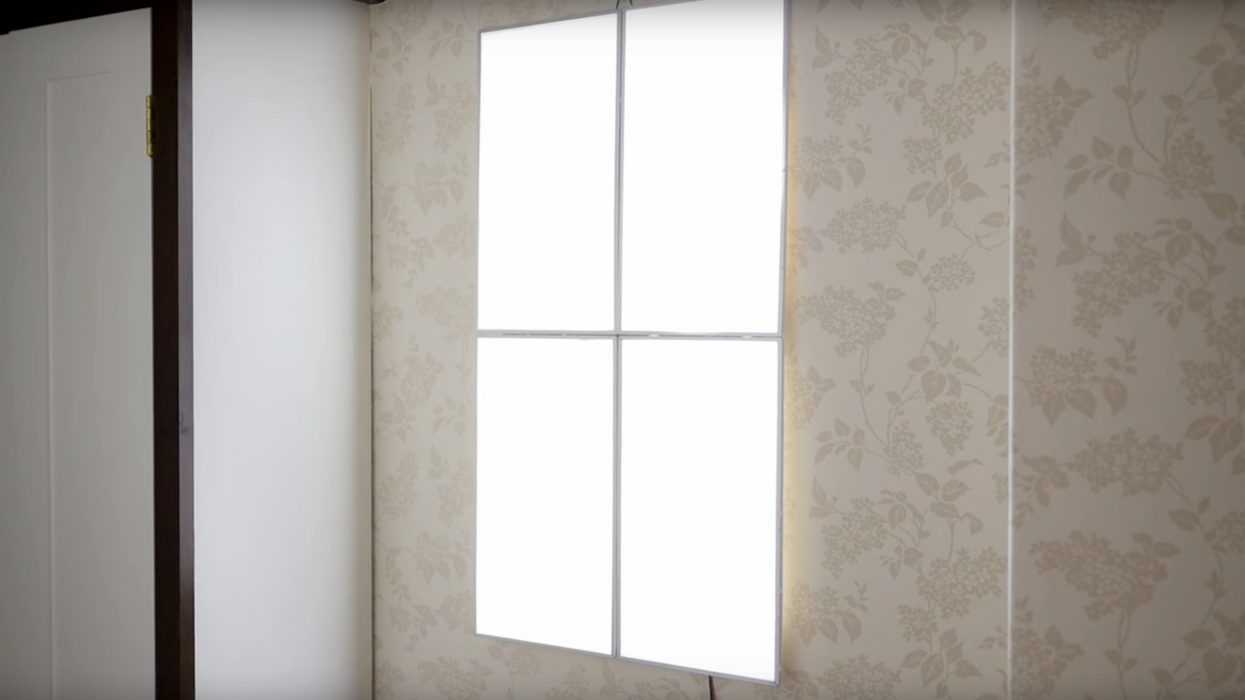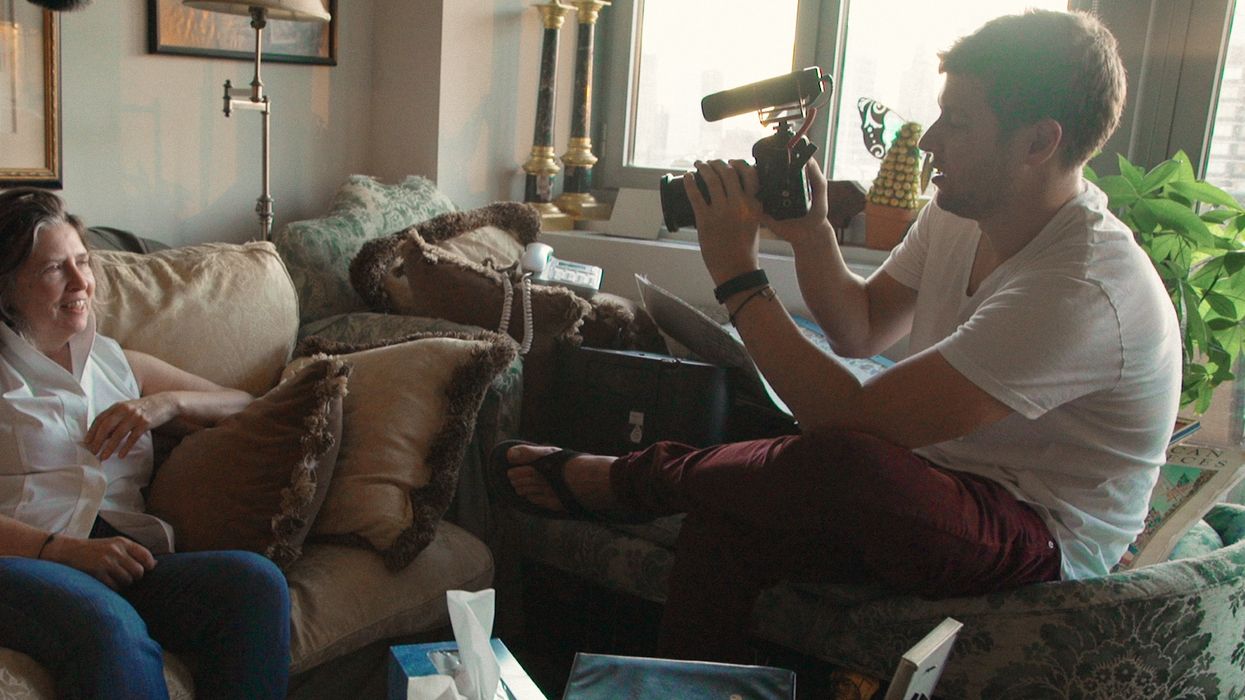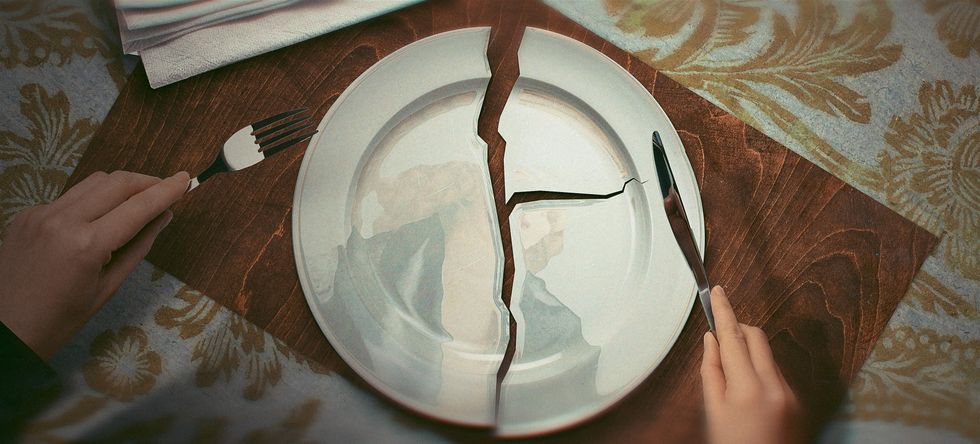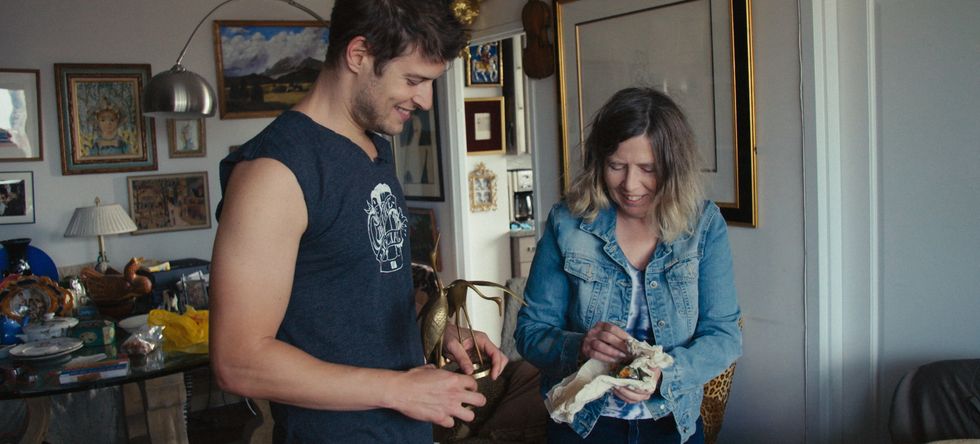Initially drawn to documentary filmmaking during my undergraduate years at the University of Miami, I found my niche in journalism and storytelling. My stint at Al Gore's Current TV further solidified my passion for using media to effect positive change, particularly among millennials. However, in 2011, my world was rocked when my mother's health declined.
Faced with her illness, I shifted focus, putting my nascent career on hold to care for her and delve into research on dementia. This personal journey sparked a determination to raise awareness, leading me to embark on the ambitious project of creating a feature-length documentary, Little Empty Boxes.
Little Empty Boxes (2024) Official Trailerwww.youtube.com
Despite early success with crowdfunding, the filmmaking process proved arduous and costly. The project faced financial challenges as I juggled my obligations to family, research, and my own career. Filming was emotionally taxing, confronting the realities of my mother's condition while capturing moments of beauty and resilience. There were countless moments of doubt and frustration, and many times when it seemed like the project would never come to fruition.
We achieved a rough cut of the film sometime in 2017, which watched more like a Vice documentary. The edit primarily followed my research journey, an approach which made sense to me at the time, having been an on-camera journalist for so many years prior. But the film failed to resonate emotionally, and most importantly, obscured my mom’s place as the beating heart of the film. And we hadn’t the money to recut it.
It wasn’t until meeting Booklight producers Jacob Matthews (producer) and Chris Newhard (co-director and editor) sometime in 2021 that Little Empty Boxes was re-edited and ultimately reached completion.
 'Little Empty Boxes'https://littleemptyboxes.com/
'Little Empty Boxes'https://littleemptyboxes.com/
The film features mind-blowing animations by Ariel Costa and a soundtrack that would make Cameron Crowe proud (the end credits feature the poignant “Pictures,” which was personally contributed by multi-platinum singer/songwriter Matt Nathanson).
I was incredibly lucky to work with DPs Guy Jackson and Guy Mossman on the principal photography of the film (mainly, the scenes where both I and my mother are in frame), who came on board by way of documentary maven Hilla Medalia, an early producer on the project.
I shot much of the at-home footage myself using a combination of Canon 5Ds and Sony A7S cameras, the latter being a remarkably effective low light video camera—this was helpful for spontaneous shoots in my mom’s dimly-lit NYC apartment. Chris cut the film using Premiere, did all the logging in Kyno, and conformed and graded the movie in DaVinci Resolve.
 'Little Empty Boxes'https://littleemptyboxes.com/
'Little Empty Boxes'https://littleemptyboxes.com/
This documentary is more than just a film—it's a tribute to family, resilience, and the human spirit. Through my mom's story, I aim to shed light on dementia and inspire positive change in how we approach brain health and aging.
As we launch Little Empty Boxes after a decade of effort, I'm grateful for the opportunity to honor my mother's legacy and make a difference in the lives of others.


 'Little Empty Boxes'https://littleemptyboxes.com/
'Little Empty Boxes'https://littleemptyboxes.com/ 'Little Empty Boxes'
'Little Empty Boxes'









